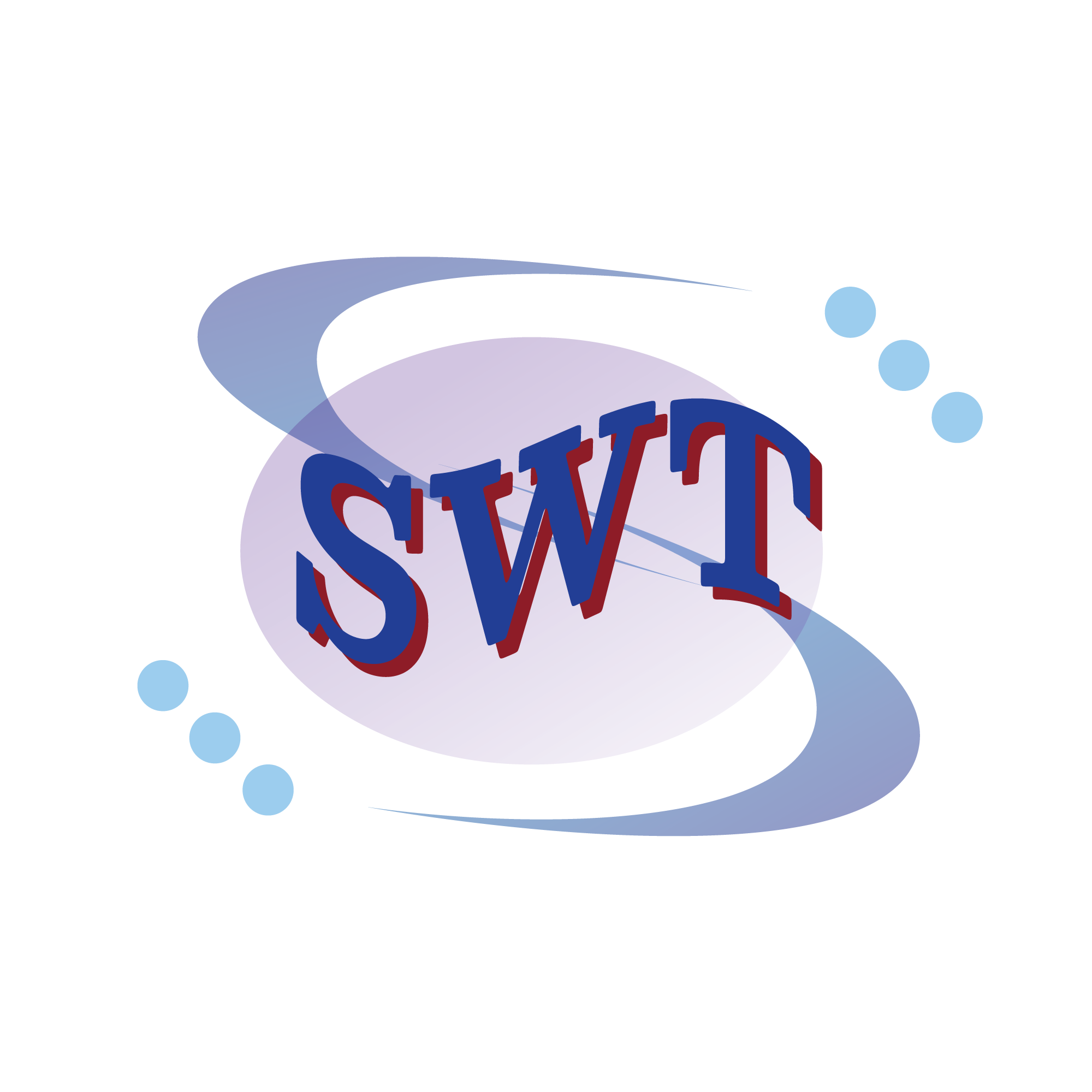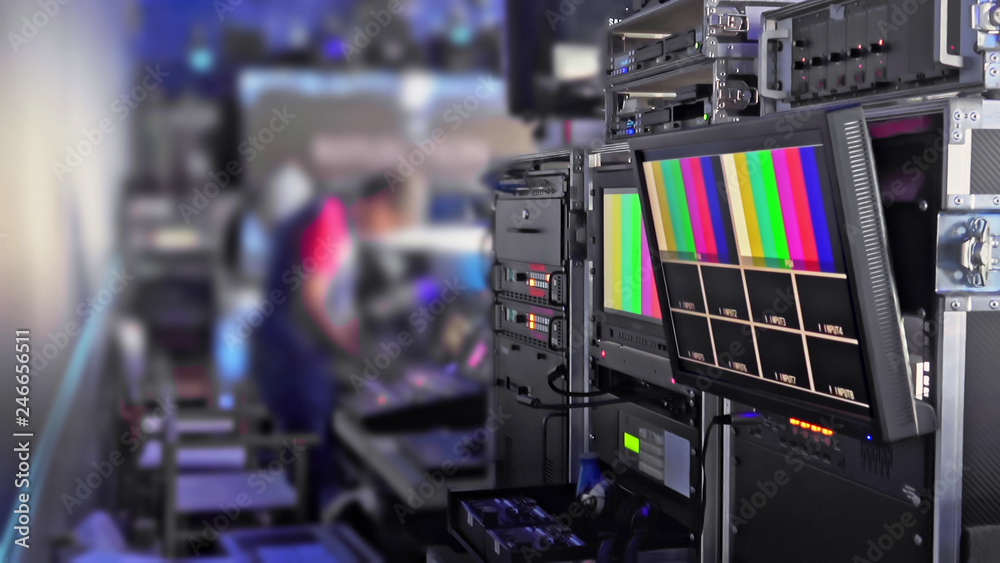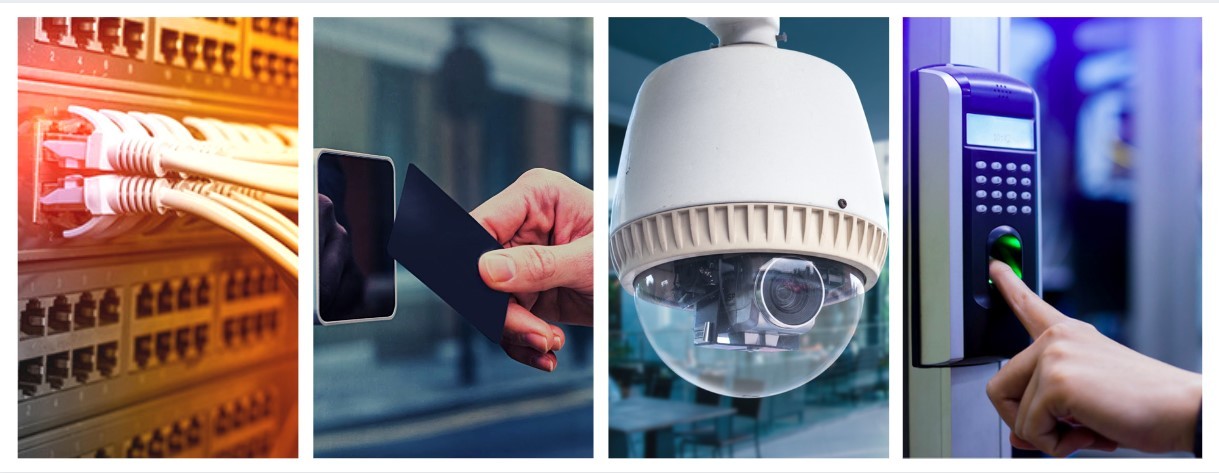Radio broadcast refers to the transmission of audio content, typically music, news, talk shows, and other forms of entertainment, over radio waves. This form of communication has been a significant medium for mass dissemination of information and entertainment for many decades. Radio broadcast involves the use of radio frequency signals to carry the audio content from a central location, often a broadcasting station, to a wide audience of listeners who have compatible receivers.
Key components of radio broadcasts include:
- Broadcast Stations: These are facilities equipped with transmitters that generate radio frequency signals to carry audio content.
- Radio Waves: The electromagnetic waves used to transmit the audio signals. These waves travel through the air and are received by radios equipped with compatible receivers.
- Receivers: Devices such as radios and other electronic equipment used by individuals to capture and convert radio waves back into audible sound.
- Antennas: Equipment used to send and receive radio signals, facilitating the transmission and reception of content.
Radio broadcast has played a crucial role in delivering real-time information, entertainment, and cultural programming to diverse audiences worldwide. With the advent of digital technologies, radio broadcasting has evolved to include online streaming, podcasts, and other digital platforms, expanding its reach and accessibility.





